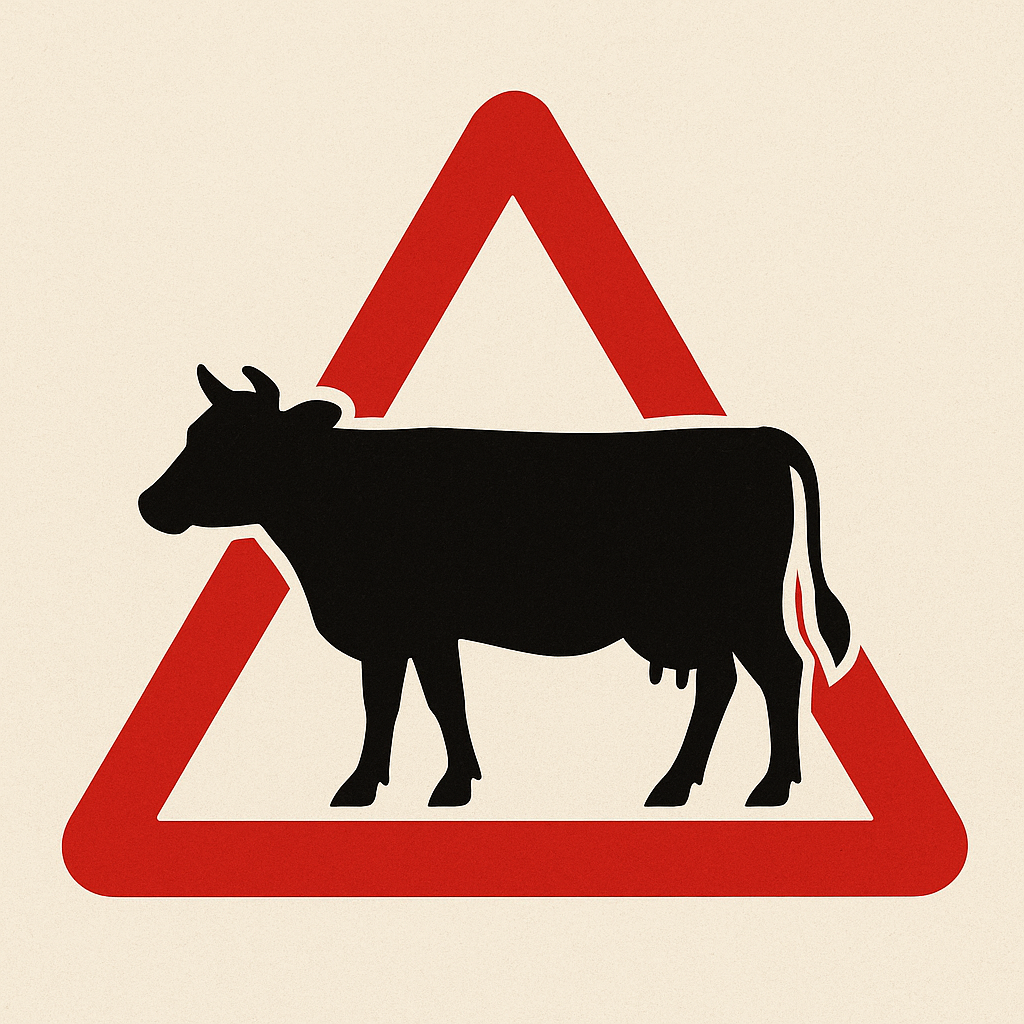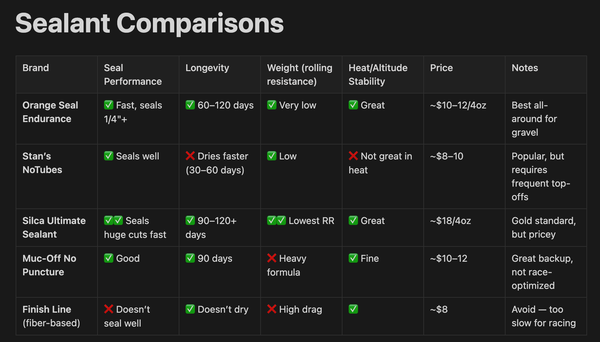Dr. Grit™ on Gravel & Grazing: Tick-Borne Threats Meet Two-Wheeled Adventures

Ever notice your gravel routes sometimes look more like a cattle pasture? Whether you’re managing a herd or a bike tribe, ticks don’t care about your plans—and they’ll hitch a ride on anything! Here’s how Dr. Grit™ melds ranch-style biosecurity with gravel-grinding savvy:
1. Know the Signs 🐄 vs 🚴♀️
- Cattle: anorexia, lethargy, jaundice, sudden collapse*
- Cyclists: unexplained fatigue, fever, odd rashes after a dusty ride*
2. How It Spreads: Needles & Nipples 🩸 vs Sealant & Shoes 👟
- Reusing needles on livestock → Theileria transmission*
- Reusing tubeless sealant? Beware tick-laden sealant stations at aid stops—toss it out after each event and clean rims and shoes thoroughly*
3. Management & Testing: Pens & PCR 🧫 vs Pits & Personal Checks 🩹
- Ranchers isolate infected animals and send blood to KVDL for PCR testing*
- Gravel grinders: inspect your legs, socks, and bike frame for hitchhikers; consider a quick tick check and wash after every ride*
Ride fiercely—with zero tolerance for ticks. Keep your herd (and your calves) safe, and your calves (that’s your legs) tick-free.
—Dr. Grit™
References
Kansas Veterinary Diagnostic Laboratory. (2025). PCR testing for Theileria orientalis Ikeda [Diagnostic protocol]. Kansas State University.
Tallgrass Legacy Alliance, Inc. (2025, July 17). New cattle disease found in eastern Kansas: Theileria orientalis Ikeda [Infographic]. Facebook.
Facts adapted from Tallgrass Legacy Alliance, Inc. (2025).
Disclaimer: This content is for informational purposes only and is not intended to diagnose, treat, or provide medical advice. Always consult with your licensed healthcare provider before making changes to your training, nutrition, or medication. Amanda Duling is not a licensed medical professional. Participation in any program, guide, or consultation is voluntary and at your own risk.



